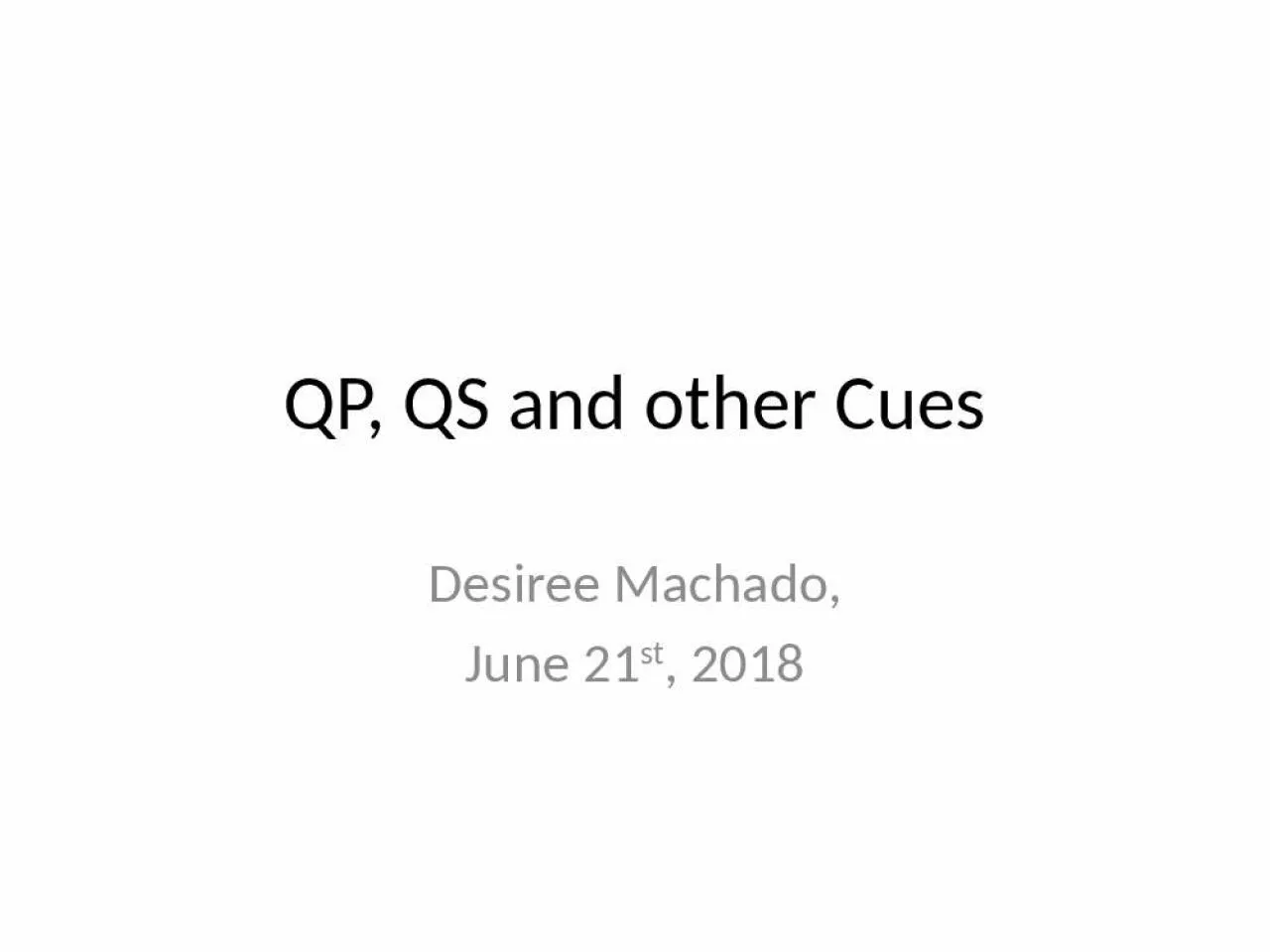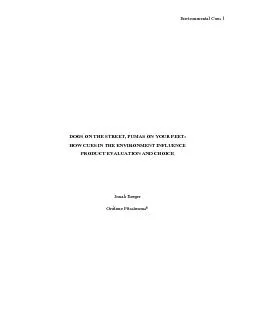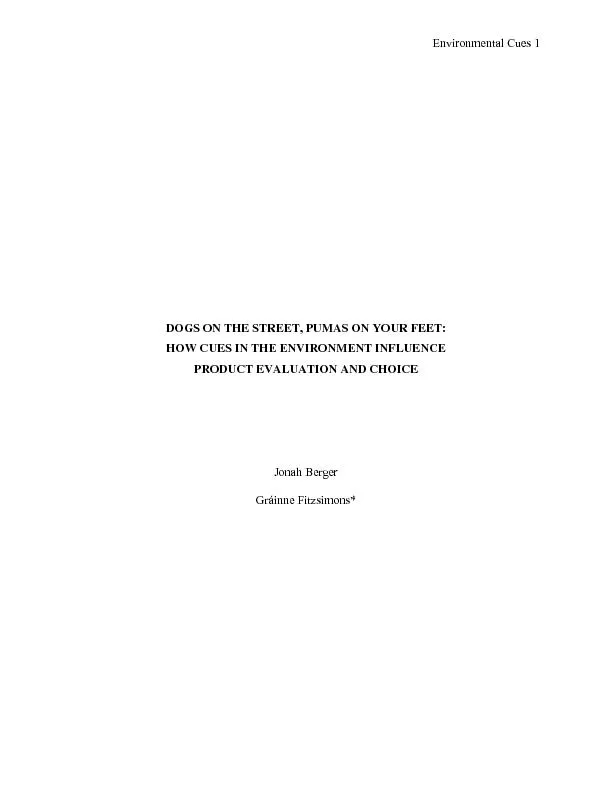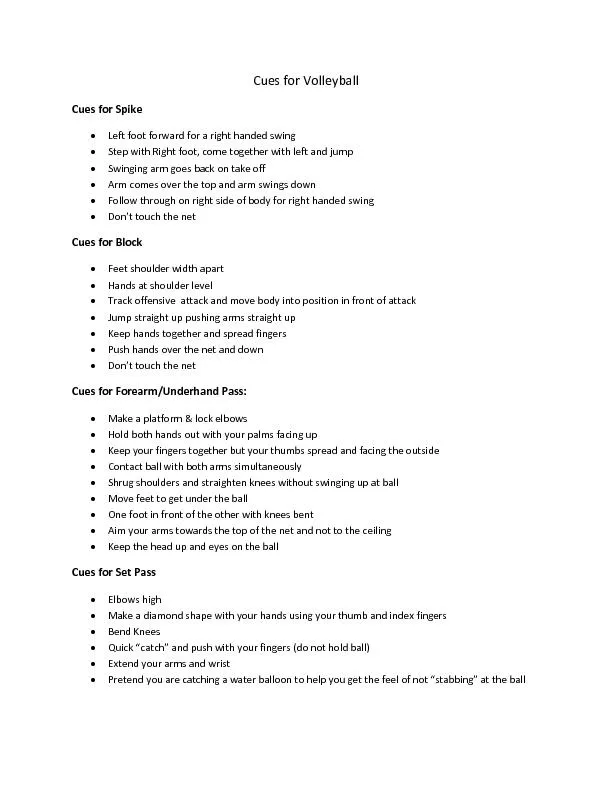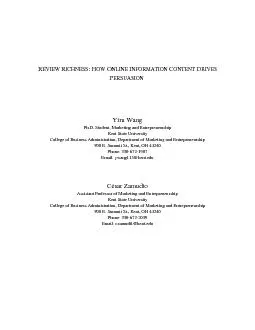PPT-QP, QS and other Cues Desiree Machado,
Author : blanko | Published Date : 2022-05-14
June 21 st 2018 Disclosure No COI You will see a lot a good looking people No consents were obtained Objectives Examine physiological factors affecting balance
Presentation Embed Code
Download Presentation
Download Presentation The PPT/PDF document "QP, QS and other Cues Desiree Machado," is the property of its rightful owner. Permission is granted to download and print the materials on this website for personal, non-commercial use only, and to display it on your personal computer provided you do not modify the materials and that you retain all copyright notices contained in the materials. By downloading content from our website, you accept the terms of this agreement.
QP, QS and other Cues Desiree Machado,: Transcript
Download Rules Of Document
"QP, QS and other Cues Desiree Machado,"The content belongs to its owner. You may download and print it for personal use, without modification, and keep all copyright notices. By downloading, you agree to these terms.
Related Documents

